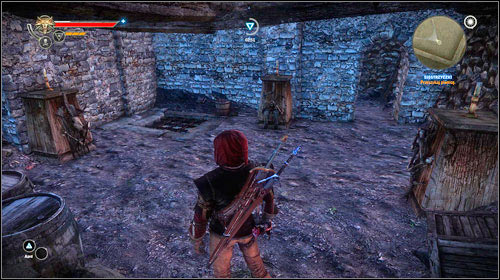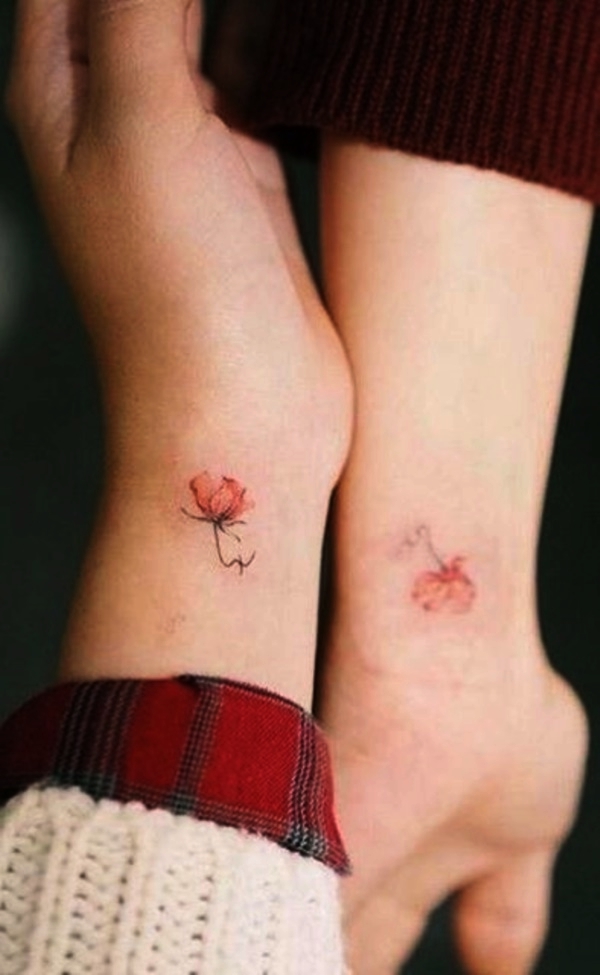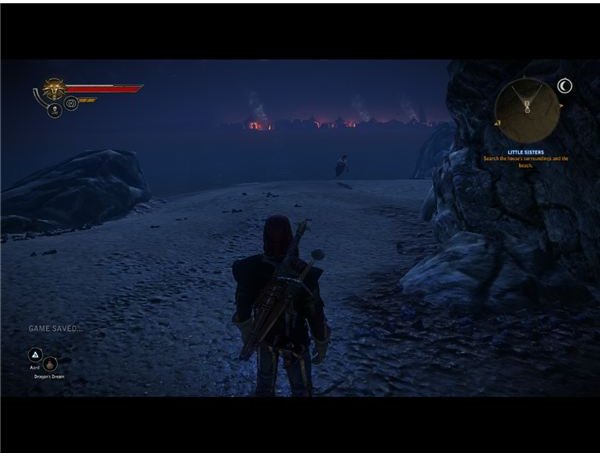

When she wakes the tide is coming in fast and as she is drowning she sings the song 'A' Bhean Eudach' detailing her tragic end.Īs is frequently found with traditional folksongs, versions of The Twa Sisters are associated with tunes that are used in common with several other ballads. In many of the Scottish Gaelic variants the cruel sister murders her sibling while she is sleeping by knotting her hair into the seaweed on a rock at low tide. The ballad also appears in a number of guises in Scottish Gaelic, under the name 'A' Bhean Eudach' or 'The Jealous Woman'. The sisters are imprisoned, but the good princess pardons them once she becomes queen.

The fiddle does not play for the evil sisters, but the princess is restored to life once her father tries to play it.

The fiddle plays music on its own and eventually is given to the royal family. One day, they murder her in the forest and place her corpse inside a fiddle. The older two are bad and ugly and envy the younger child sister because of her beauty. Finally, she is killed by a bolt of lightning in an act of divine retribution.Ī Hungarian version exists, where a king has three daughters. When the younger Alina wins, the older Balladyna kills her. Two sisters engage in a raspberry-gathering contest to decide which of them gets to marry Prince Kirkor. In Polish literature from the romanticism period, a similar theme is found in Balladyna (1838) by Juliusz Słowacki. This is widespread throughout Europe often the motive is not jealousy because of a lover, but the younger child's success in winning the object that will cure the king, or that will win the father's inheritance. This tale is also found in prose form, in fairy tales such as The Singing Bone, where the siblings are brothers instead of sisters. In a few, she was not actually drowned, but saved and nursed back to health she tells the story herself. In most of the Norwegian and some of the Swedish variants, the story ends by the instrument being broken and the younger sister coming alive again. This can inspire taunts from the younger about the older's looks. In the Norse variants, the older sister is depicted as dark and the younger as fair, often with great contrast, comparing the one to soot or the other to the sun or milk. It has also spread further south for example, as Gosli iz človeškega telesa izdajo umor (A Fiddle Made from a Human Body Reveals a Murder) in Slovenian. Its general Scandinavian classification is TSB A 38 and it is (among others) known as Den talende strengeleg or De to søstre ( DgF 95) in Danish, Hørpu ríma ( CCF 136) in Faroese, Hörpu kvæði ( IFkv 13) in Icelandic, Dei tvo systar in Norwegian, and De två systrarna ( SMB 13) in Swedish. There are 125 different variants known in Swedish alone. The theme of this ballad was common in many northern European languages. Many authentic audio recordings have since been made (see Authentic Field Recordings). Ĭecil Sharp collected many versions of the ballad on both sides of the Atlantic, including one from a Lucy Dunston of Bridgwater, Somerset, England in 1909, and another from a Jenny Combs of Berea, Kentucky, USA in 1917. Several historical resources are available via the Vaughan Williams Memorial Library, such as a manuscript of the melody and lyrics of a Scottish version entitled "Binnorie" from 1830. It is first known to have appeared on a broadside in 1656 as "The Miller and the King's Daughter". The variant titled "The Two Sisters" typically omits the haunted instrument entirely, ending instead with an unrelated person (often a miller) robbing the murdered girl's corpse, sometimes being executed for it, and the elder sister sometimes going unpunished, or sometimes boiled in lead. In some versions, this occurs after the musician has taken it to the family's household, so that the elder sister is publicly revealed (sometimes at her wedding to the murdered girl's suitor) as the murderess. The instrument then plays itself and sings about the murder. When the murdered girl's body floats ashore, someone makes a musical instrument out of it, generally a harp or a fiddle, with a frame of bone and the girl's "long yellow hair" (or "golden hair") for strings. In most versions, the older sister is described as dark, while the younger sister is fair. In a few versions, a third sister is mentioned, but plays no significant role in events. Her motive, when included in the lyrics, is sexual jealousy – in some variants, the sisters are being two-timed by a suitor in others, the elder sister's affections are not encouraged by the young man. The older one pushes the younger in and refuses to pull her out again generally the lyrics explicitly state her intent to drown her younger sister. Two sisters go down by a body of water, sometimes a river and sometimes the sea.


 0 kommentar(er)
0 kommentar(er)
